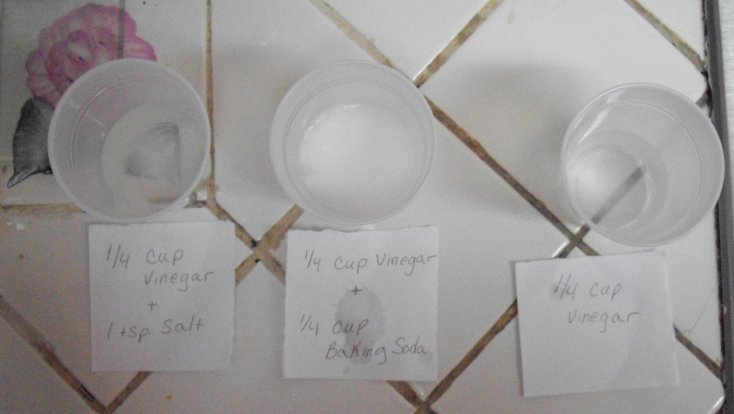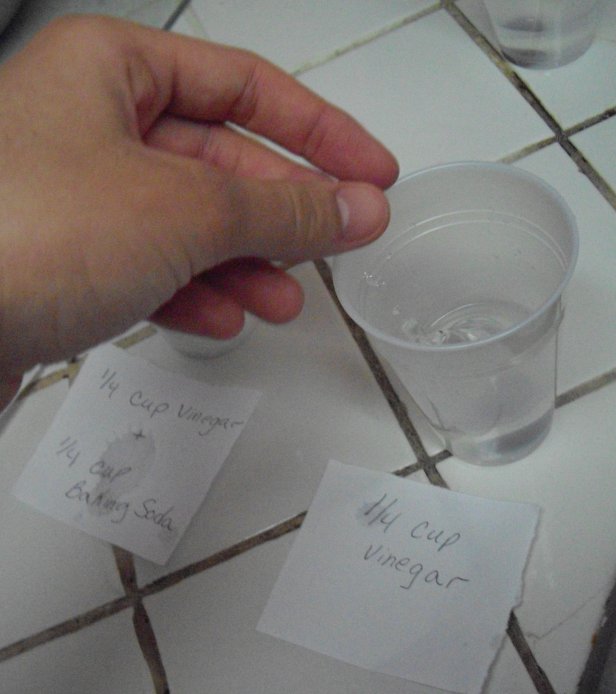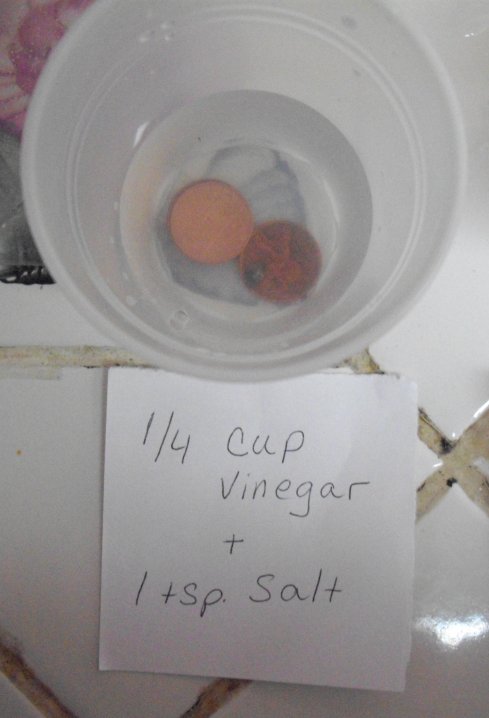|
Vinegar and Cleaning Pennies What method works best? My son took out his jar of pennies to loan for a family game. After playing for a couple of nights, we decided it would be nice to have clean pennies. He pulled out any Wheat Backs (you do not want to clean Wheat Backs, or valuable pennies, with vinegar. It can lower the value of the coins. Do some research, first). We were going to just put them in Vinegar, but we wanted them to get cleaner faster, so I took a quick look online. I was surprised to see what different methods people came up with for cleaning pennies with vinegar. When I was growing up, my Dad had taught us to put our pennies in vinegar and let them sit overnight. They always came out nice and shiny! (You don't want to leave them in longer, as they will turn green. Also, you want to rinse them off with water when you take them out of the vinegar.). While looking around the web, I saw a couple of other methods. 1.) Combine vinegar with salt. 2.) Combine vinegar with baking soda (this one said to let it fizzle out, then add the pennies. Since the reaction with vinegar and baking soda is an instant one, I questioned if it would not be better to put them before adding the baking soda. But, I stayed with what was suggested.). We took pics so we could share our results. Below are the experiment and the results. I'll leave it up to YOU to do the research as to WHY one may have worked better than another. We tried to be as scientific as possible. However, it was difficult given that the pennies could not be exact in grime. Side Note: Unfortunately, the pics came out blurry. But, you can still get the idea of the coloration. Pennies before experiment
3 plastic/disposable cups - 3 methods
One penny per cup
15 minutes later
Placing all 3 pennies in the vinegar and salt cup for 15 minutes.
Now, I will tell you that when I used to soak my pennies overnight in vinegar alone, they did come out shiny. But, the salt and vinegar seems to act, perhaps, work more quickly. Helpful Tip: if you can spread your pennies out, that would be best. when they stack against one another, they do not get as clean (i.e., areas exposed get clean. Areas that are covered by another penny do not get as clean.). If not, try stirring the pennies from time-to-time. There are many variables to consider in a REAL scientific experiment. But, this one seemed to show us that the Baking Soda and Salt method worked best. Try it out for yourself, and see what results you come you come up with. |

|





 Okay, to be honest, the 15
turned into almost 20. But, either way, you can see the remarkable
difference in the other two pennies. Not as much as the one that was
put in Vinegar and Salt only from the start. On the other hand, that
one didn't get much shinnier than it already was. Perhaps it is
because it was as shiny as it was going to get without extensive time - or,
perhaps because they'd been rinsed off with water (and only semi-dried)
before going back into the cup.
Okay, to be honest, the 15
turned into almost 20. But, either way, you can see the remarkable
difference in the other two pennies. Not as much as the one that was
put in Vinegar and Salt only from the start. On the other hand, that
one didn't get much shinnier than it already was. Perhaps it is
because it was as shiny as it was going to get without extensive time - or,
perhaps because they'd been rinsed off with water (and only semi-dried)
before going back into the cup.

